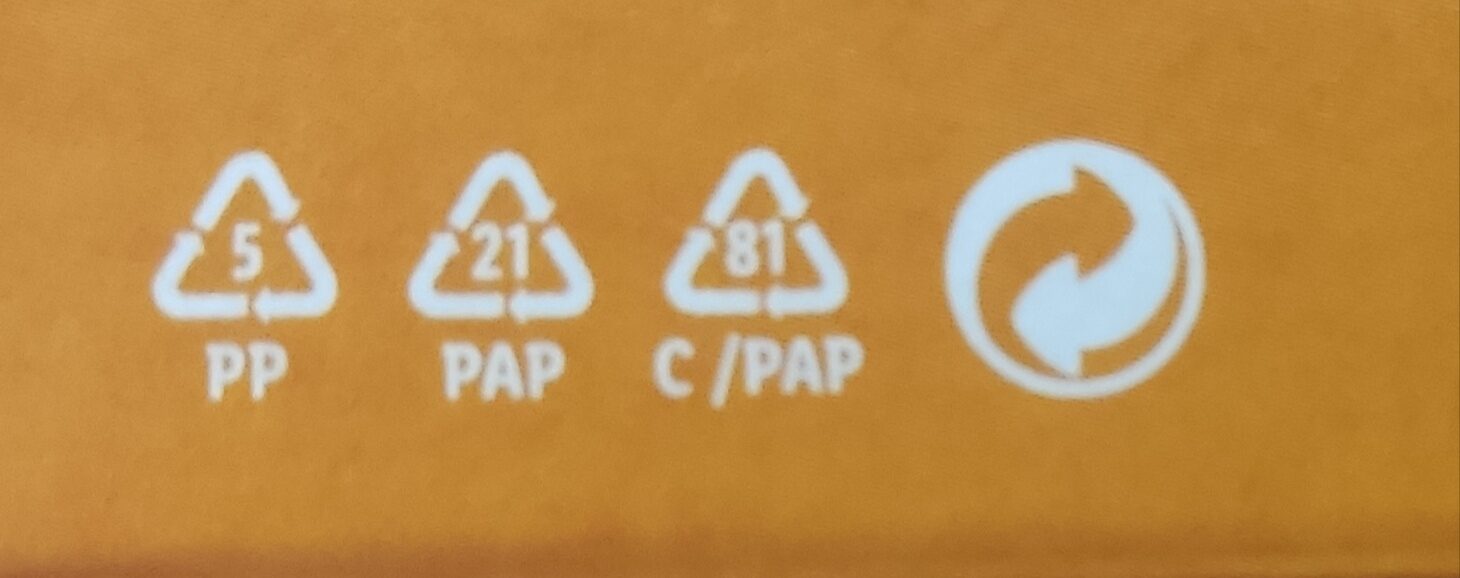Salted caramel - Hatherwood - 200g
Aquesta pàgina del producte no està completa. Podeu ajudar a completar-la editant-la i afegint-hi més dades a partir de les fotos ja disponibles, o fent-ne més amb l'aplicació de androide o iPhone / iPad. Gràcies!
×
Codi de barres: 4056489350392 (EAN / EAN-13)
Quantitat: 200g
Empaquetament: en:Box
Marques: Hatherwood
Categories: Snacks, Esmorzars, Productes per untar, Aperitius dolços, Cacau i derivats, Llaminadures, Productes dolços per untar, Xocolata, fr:Pâtes à tartiner, en:Filled chocolates, es:Chocolate relleno de caramelo
Etiquetes, certificacions, premis:
Punt verd, Fet a Alemanya, Aliança Tropical

Botigues: Lidl
Matching with your preferences
Report a problem
Fonts de dades
Producte afegit per kiliweb
Última modificació de la pàgina del producte per laraprn.
La pàgina del producte, també editada per alutz, arc2, elcoco, halal-app-chakib, ilikesnacks, leerya, naruyoko, noff2022, openfoodfacts-contributors, roboto-app, scanbot, yuka.sY2b0xO6T85zoF3NwEKvlhVnfuWBvALOLBPlkGmM1IqlBc3HYvIj37bWaKo, yuka.sY2b0xO6T85zoF3NwEKvlkFpU_3PnTfDHTvRyRyMz4ipN7vCO_1S6bnEGas, yuka.sY2b0xO6T85zoF3NwEKvlkxpevbGvh-UNhXkk2eIxse_MqLUT95K7I7fNag.













